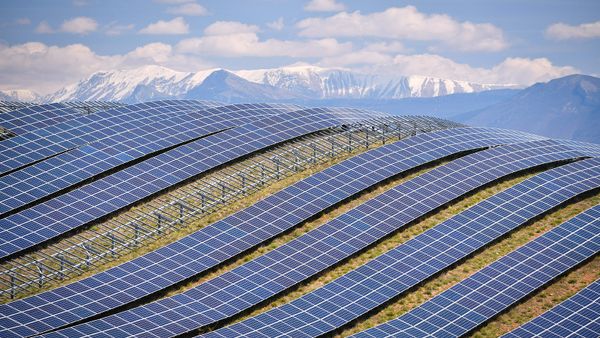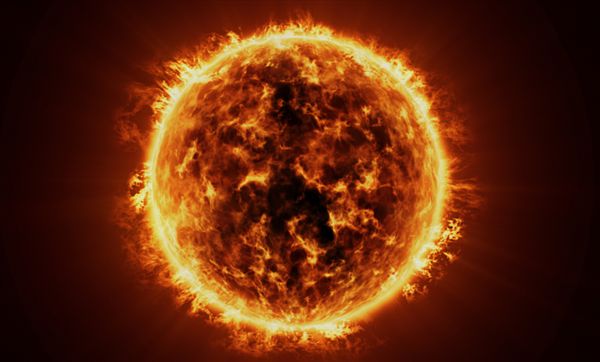Recreational camping is all about communing with nature. It's the differences from regular life that make it count: Cooking over a fire instead of over a gas stove, sleeping under the stars instead of under a solid roof, carrying water on your back instead of turning on a faucet. It's all very romantic. Until you wake up in the middle of the night with a bursting bladder and can't find the flashlight you could've sworn you put next to your sleeping bag.
If there's one thing that could be improved about camping, it's the nighttime lighting situation. Battery-powered flashlights get lost among gear pretty easily, and anything battery-powered has finite run-time. Battery-powered lanterns are notorious energy hogs. They can eat eight D-size batteries in a couple of days. And batteries, of course, are too heavy to carry a lot of spares. So, where to turn?
Advertisement
Nature's own daytime light source, the sun, can be used to generate electricity well into evening.
Solar power is a common alternative energy source these days, and it's not just giant solar panels on buildings anymore. The U.S. military is developing flexible solar-panel fabric that can be used for tents and uniforms. And on the civilian front, you can use small, portable solar panels to power devices like cell phones, MP3 players and digital cameras -- and for indoor tent lighting, it turns out.
Solar-powered tents aren't exactly commonplace, but they're out there. There are a couple of solar- and wind-powered models available or in development, but mostly for large-scale uses like music festivals and military applications. One currently available product for individual use is the Woods Solar Powered EZ-Tent. In this article, we'll learn about the Woods tent and find out how it uses solar-power technology to change the lighting situation on a camping trip.
Luckily, solar-powered camping is pretty simple.
Advertisement



